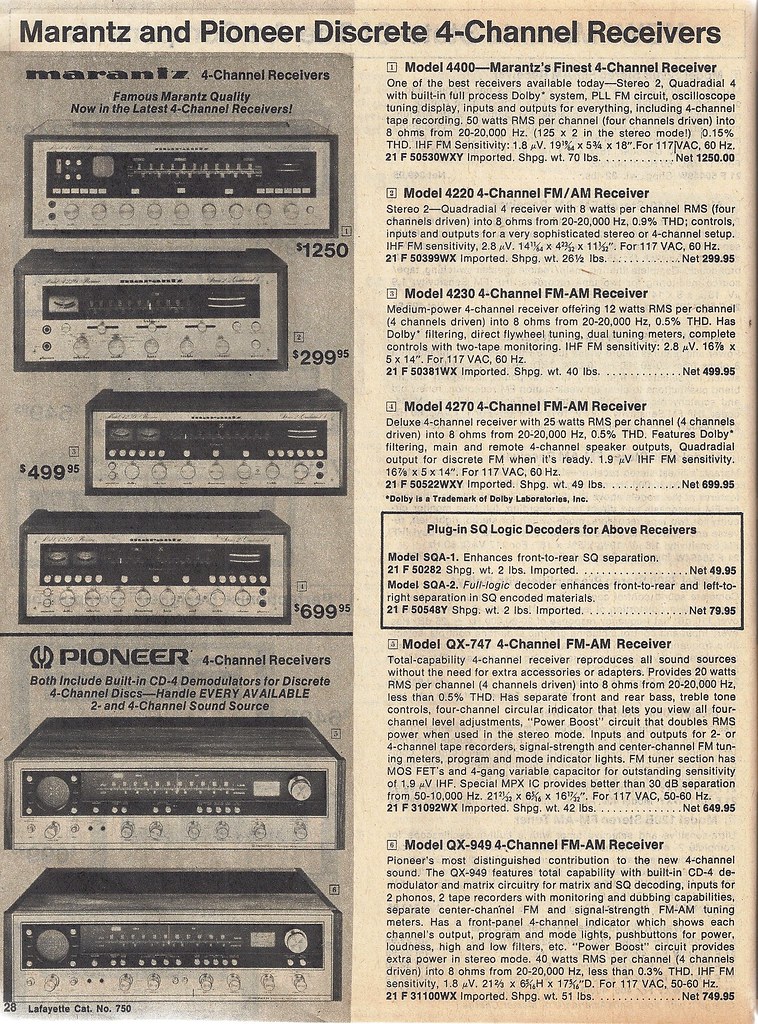Theatrical Atmos actually is delivered as a (up to) 128 channel broadcast WAV file plus metadata. The file contains up one or more 9.1 'bed' tracks plus object tracks and the placement metadata. The theatrical renderer then renders the objects based on the speaker layout in the theatre in real-time.
'Home' atmos is an entirely different beast. It is specified for Dolby TrueHD (which is actually just Meridian LossLess Packeting) and lossy compressed Dolby Digital Plus. The TrueHD version is only used for UHD bluray.
Both formats can encode up to (I think) 14 channels plus the metadata stream. Again there is a 9.1 bed then In order to fit a quart in to a pint pot with the remaining 4 channels the encoding groups objects together and mixes them in to a single delivery channel which is then steered to where it's needed by metadata.
Compared to delivering 2nd order ambisonic B format, which would need 9 channels, it's a staggeringly inefficient and inaccurate way to deliver a 3D sound field the only redeeming feature is the DSP needs to render it are far lower than required for an Ambisonic format.
 scan0002
scan0002 Scan_Pic0048
Scan_Pic0048